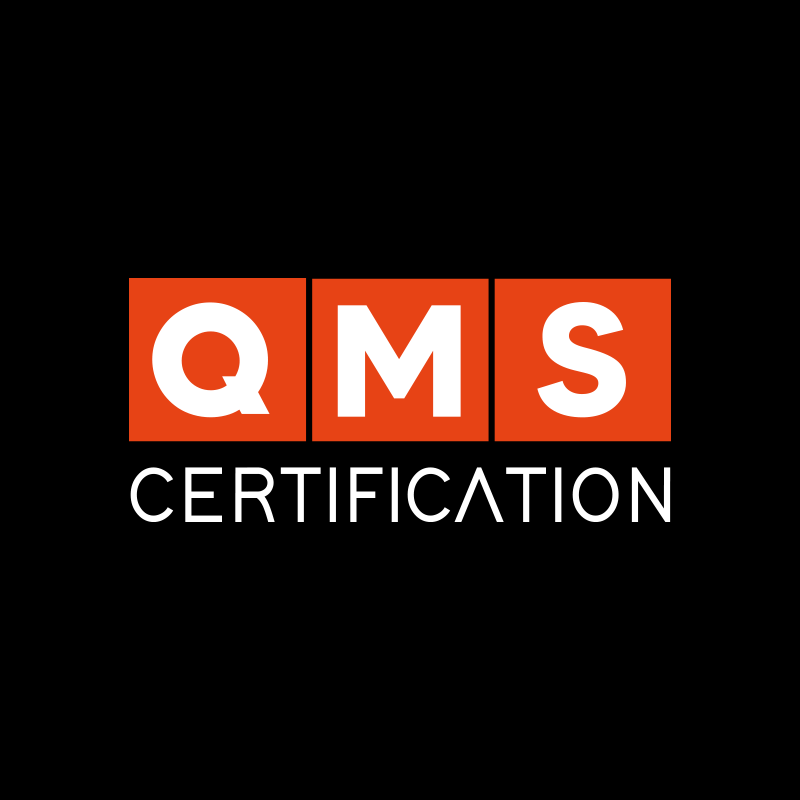Highly effective in the implementation, maintenance, and improvement of a Management System, the 5W2H method is used to plan actions clearly and objectively. It directly contributes to process standardization, decision-making, and execution of action plans.
What is 5W2H?
It is based on seven essential questions that help detail any action or project:
- What – What will be done?
- Why – Why will it be done?
- Where – Where will it be done?
- When – When will it be done?
- Who – Who will be responsible?
- How – How will it be done?
- How much – How much will it cost?
By answering these questions, you can structure a complete and traceable action plan — something essential in any Management System.
Applications in a Management System
In the context of ISO standards, the 5W2H can be used to:
Plan Corrective or Preventive Actions Clearly
When a nonconformity or potential risk is identified, 5W2H helps you create a detailed action plan. For example:
- What: Review the final inspection procedure.
- Why: A deviation was identified in the product acceptance criteria.
- Who: Quality Coordinator.
- When: By May 10.
- Where: Production Unit 01.
- How: Update the procedure and train the team.
- How much: No additional cost (internal activity).
Implement Improvements with Clearly Defined Responsibilities
It’s common in meetings to suggest improvements without clear ownership or deadlines. 5W2H allows you to break down the action, assign specific responsibilities (Who) and set deadlines (When) for each step that contributes to the final outcome.
Respond to Nonconformities with Objectivity
When responding to a nonconformity, using the 5W2H framework shows greater maturity in your management system. Instead of vaguely stating that a “measure was taken,” you can explain what was done in detail.
It communicates to the auditor that the issue was thoroughly analyzed, involved multiple people, and that the root causes of the nonconformity were truly understood.
We hope this was helpful!










